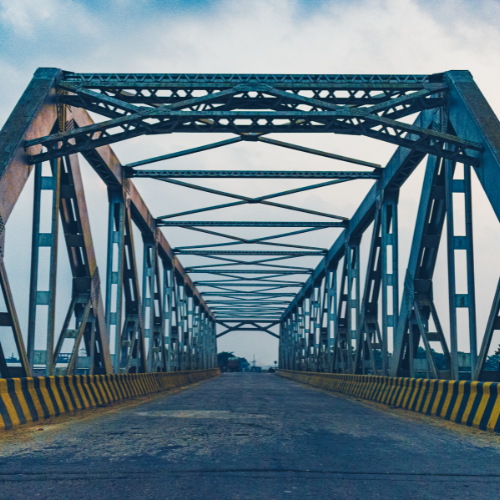
As the aging infrastructure in the United States continues to deteriorate, businesses’ growth and operational success will be affected. These conditions have already led to substantial repair costs, supply chain issues and large-scale business interruptions for many companies. In fact, the American Society of Civil Engineers (ASCE) reports that the country’s outdated infrastructure is estimated to cost more than $7 trillion in lost business sales and almost $4 trillion in gross domestic product losses by 2025. As such, it’s essential for companies to understand how these conditions could impact them and have strategies in place to mitigate their exposures.
The State of U.S. Infrastructure
Prolonged maintenance backlogs and limited funding have caused U.S. Infrastructure (e.g., roads, bridges, railways, airports, plumbing systems, utilities and telephone and internet services) to decline. Top concerns include the following:
- Bridges and roads are old, with many considered structurally deficient, according to the ASCE.
- Water systems are aging, with some dating back to the 19th century, and have started to fail at higher rates.
- Power outages are on the rise as old power grids struggle to keep up with increasing power usage.
Compounding these issues, the increase in severe weather events (e.g., floods, hurricanes, wildfires and storms) has the potential to harm vital elements of the country’s already fragile infrastructure.
The Risks of Aging Infrastructure
The nation’s aging infrastructure can create various exposures for businesses, such as the following:
- Property damage from structural and utility failures (e.g., burst pipes and downed power lines)
- Increased repair and maintenance expenses that could hamper business growth Operational disruptions from property damage, utility outages and equipment breakdowns
- Safety hazards due to outdated and deteriorating systems and structures that could lead to injuries
- Supply chain issues that could delay the delivery of products and services
Tips for Businesses
Businesses should consider the following tips to help reduce risks stemming from aging infrastructure:
- Conduct risk assessments to analyze how infrastructure issues could impact operations or the safety environment and implement appropriate measures to address these concerns.
- Diversify supply chains to reduce reliance on individual infrastructures.
- Strengthen disaster resilience by establishing policies and procedures for securing backup energy sources, protecting data and creating temporary relocation plans.
- Transfer risks through contractual agreements with suppliers, crucial service providers or other third parties.
- Advocate for improvements by participating in community efforts to expedite or enhance applicable federal, state, local or industry-specific plans to upgrade infrastructure.
- Secure sufficient insurance coverage (e.g., commercial property, business interruption and general liability insurance) to provide financial protection for infrastructure-related losses.
The country’s aging infrastructure raises several concerns. With this in mind, businesses should be prepared to mitigate the associated risks. Contact us today for more information.
Contact us to see how you could minimize risk:

4 Major Construction Hazards
Construction workers face many risks, but falls, struck-by, caught-in/between hazards, and electrocutions are the leading

CVSA Announces 2025 Roadcheck Focus
CVSA’s 2025 International Roadcheck is set for May 13-15, focusing on CMV and driver safety

Employee Spotlight: Luke Billman
Please join us in welcoming Luke Billman to the Seubert Team! Luke joins Seubert’s Commercial
